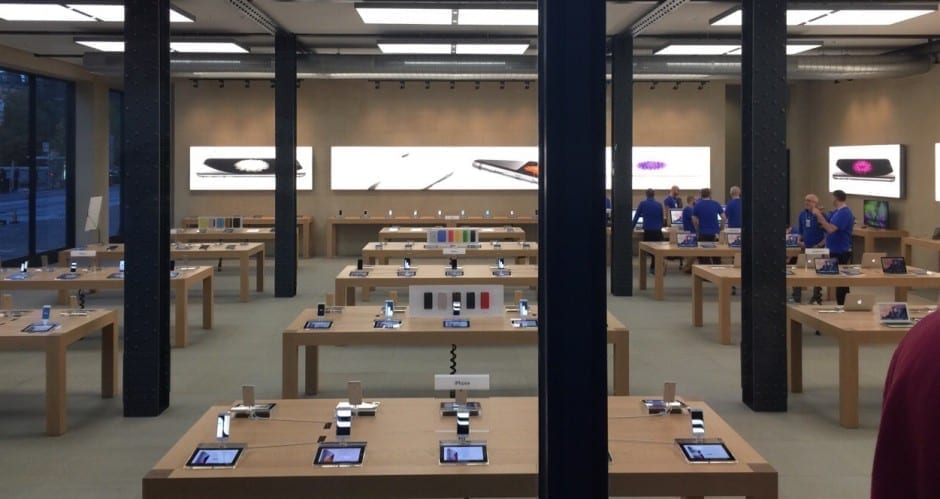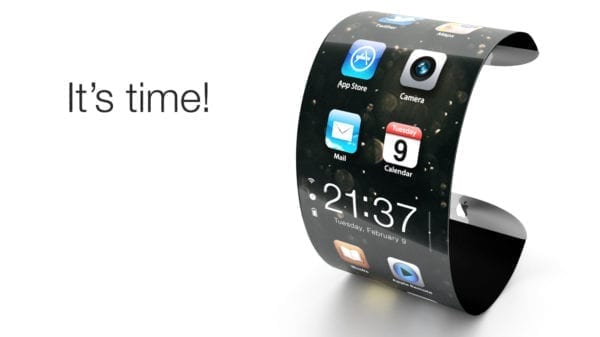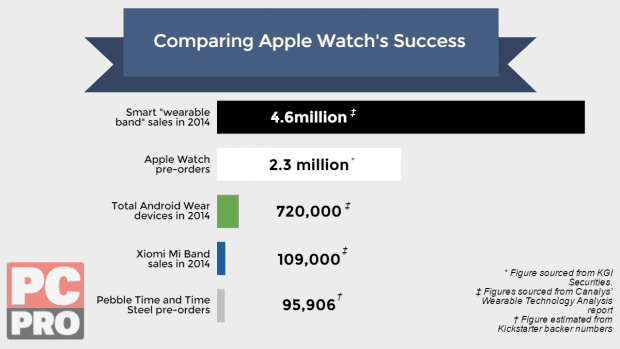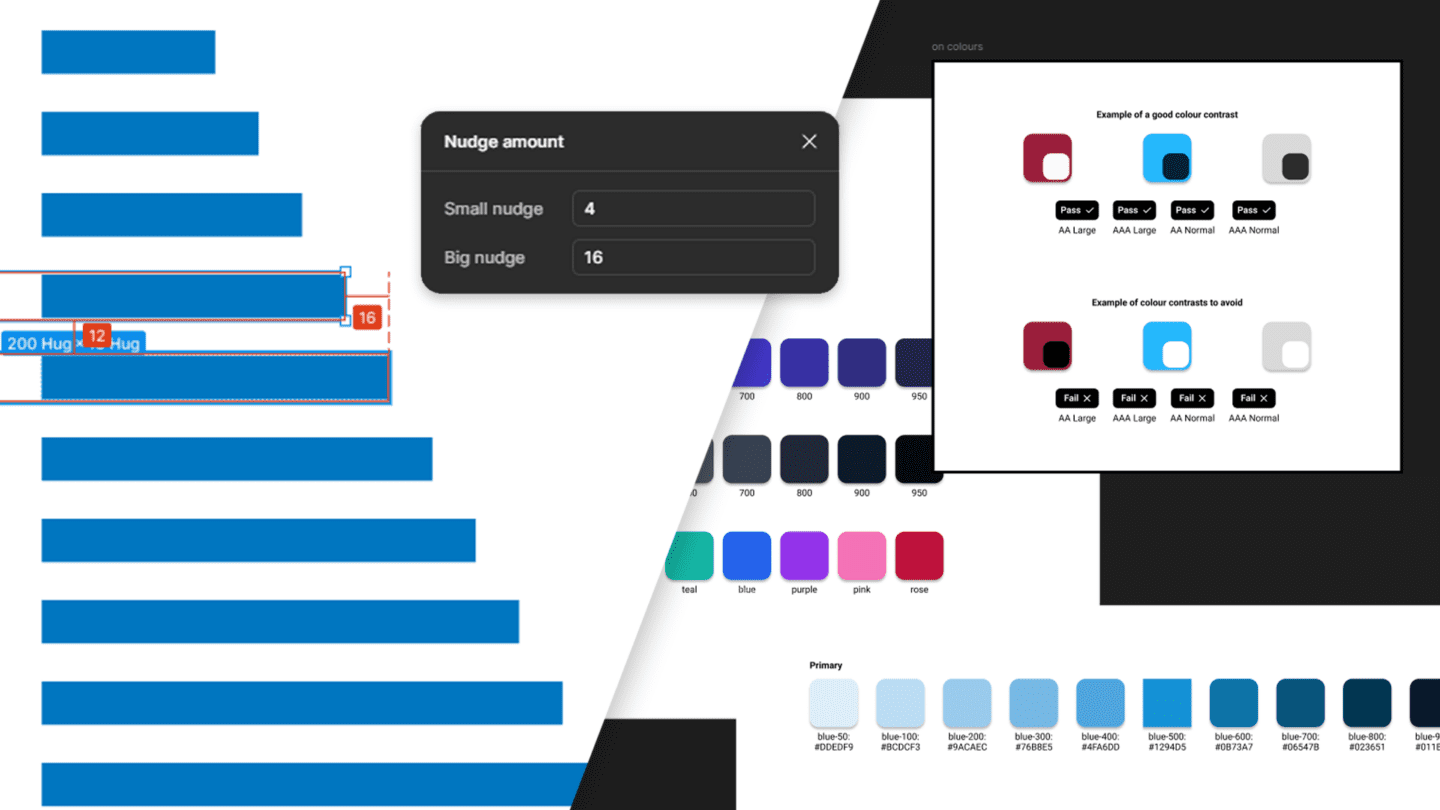Apple’s rise over the past decade has been meteoric evidenced by the staggering pre-sales of the iWatch. Back in 2005 I would have written this post on a MacBook Pro but the chances are it would have been read by most on a device running a flavour of Windows.
Now there’s no doubt Apple have a track record of going against the grain. But what’s interesting is that if you look a little deeper you can see that as a company, they’ve always been willing to take substantial business risks. Not just with the hardware and software they produce but the customer experience they deliver.
If you walk around a major city today, you’re likely to stumble across an Apple Store. Pop into most major department stores and you’ll find a dedicated Apple section with trained sales or support staff at hand. This isn’t surprising now. But back in 2000 Apple had a serious problem. If you wanted to buy from Apple, then you’d most likely have to put up with a poor purchasing experience.

Let’s rewind to a time before Apple Stores
Back then Apple was beholden to its retail partners. So, if you wanted to buy an Apple product then you needed to:
- Find somewhere that stocked them (not as easy as it sounds)
- Find them within the store (they weren’t always on-display back then)
- Find a sales person on-site who was familiar with Apple products (as in they knew more than you and were not financially motivated to recommend an alternative brand)
- Get your questions answered (in a way that addressed your reasons to say no, more often than not these interactions just compounded them)
- Ignore the other better supported options available (which there were more of and more often than not were far cheaper).
In short, Apple had next to no control over the purchasing experience their retail partners provided and because of this it pretty much sucked.
So, what did Apple decide to do?
They decided to reengineer their business model and go against the prevailing wisdom of the time, that retail outlets were a mistake for hardware manufacturers. Instead they recruited Millard Drexler, CEO of Gap Inc. to Apple’s board. They then spent two years developing the store concept, prototyping ideas with a full-size mock-up in a warehouse. They also renegotiated contracts with their existing retailer network, enforcing higher standards as well as introducing the store-within-a-store concept.
The result: Apple removed their dependency on third-party retailers whilst ensuring they could still target regions; they couldn’t open stores in by using official resellers. These changes, however slow, have resulted in substantial changes to Apple’s business model. The success of which are there for all to see.
A subjective experience of being an Apple customer
I bought my first MacBook Pro (MBP) in 2004 and have replaced this twice. In fact, every personal and professional device I’ve bought since (apart from mobile phones) has been made by Apple. So, you could say I’m wholly sold on Apple. But the truth is, I’m really not!
Four key experiences have really tainted my perception of the brand:
- MBP replaced due to known hardware fault that is not handled consistently (across territories) by Apple.
- MBP replaced due to hardware failure, cost to repair dictates purchase of a new device.
- MBP battery/charger several issues relating to this has led me to purchase at least 1 new battery and I am now on my third charger in the space of 18 months.
- Every time I’ve been in to the Apple Store Edinburgh I’ve been shocked at the quality of support staff. Yes, they’re friendly and yes, they’ve got limited availability. But the overall experience is shocking given the original motivation for creating the Apple Store. I’m not alone in thinking this given the angry conversations you could hear whilst waiting.
On top of this, I like many others am increasingly frustrated with certain hardware decisions (I mean who makes a laptop for professionals that isn’t expandable) and the incessant updates required for both OSX and iOS. The latter in of itself doesn’t bother me – it’s the knock-on effects of each update which are increasingly hard to take.
But these are just minor issues right …
I mean every company is going to have customer support issues aren’t they. And aside from this Apple has pretty much nailed some of the key stages of a customer’s lifetime experience with an Apple product:

- There are few companies better at stimulating the awareness or realisation of a want/need
- The research process is generally straightforward and there’s plenty of positive word of mouth
- The purchasing experience is relatively easy (although they could make it easier still)
- Unboxing and on-boarding (is where Apple really does come into its own)
- Day-to-day user experience of using one of their products (I still enjoy using the products)
But one element that is still wanting, for me at least (as I realise everyone’s experience will be wholly subjective), is when support is required. This is such a difficult one as the whole starting point for this is, “I have a problem”. But isn’t this an opportunity unto itself?

Iterating on the business model to turn a threat into an opportunity
So, that got me thinking. If we think back to the example above Apple had a problem with the purchasing experience. Why? Because they couldn’t control it. So how can Apple create an opportunity out of the technical support experience.
Now I need to be clear hear – I’m not talking about help with setting up an email account – Apple has this nailed. What I’m talking about is the serious stuff, when hardware or peripherals fail.
Enter hardware as a service. Rather than pay a substantial up-front fee for an iPhone or a MacBook Pro + AppleCare), I’d pay Apple a recurring fee so that I can access their hardware (e.g. I want a MacBook Pro and an iPhone). So rather than paying around £2,600 up-front for the pleasure of owning the above, I’d instead pay a certain amount for a certain period of time. If anything went wrong, I’d simply walk in to a store and get a same-day replacement.
Isn’t that Apple Care?
Yes, in many ways this is Apple Care. But in many ways, it isn’t. As after all a customer doesn’t care how old a device is or why it isn’t working. All they know is that they have a problem they want solved. By aligning themselves to the customer’s problem Apple could yet again really innovate in this space.
Now I know this sort of deal is already available via independent providers but the key thing, for me at least, is that I want Apple to provide it. Put simply, I don’t mind paying a premium and not owning something if I can rely on that brand to provide me with access to what I really want, hardware that works 100% of time. Now I know that’s an unrealistic expectation, so I want the manufacturer to acknowledge this and put in place an appropriate fall-back solution that ensures hardware failures are an inconvenience, not a frustration.
What do you think?
Obviously, it’s the numbers that will dictate whether hardware as a service ever sees the light of day (and with a premium product such as Apple’s I’m not sure there’s a massive incentive to do this). However, if Apple is to maintain its focus on improving every point of interaction in the customer lifecycle, then the on-going support issue is certainly one that requires attention.
In short, over a decade ago Apple’s business model was dependent on a third-party retail network. Now they run the most valuable retail operations in the world. So, if anyone can, Apple can. But do they want to? Well I think that comes down to a few things:
a) Are Apple still focusing on the customer experience? If so, does this include a customer’s post-purchase experience?
b) Can Apple make this work from a financial perspective?
I don’t have the answers to the above but I’d love to be a fly on the wall if and when this ever gets debated by the clever folk up at Cupertino!


